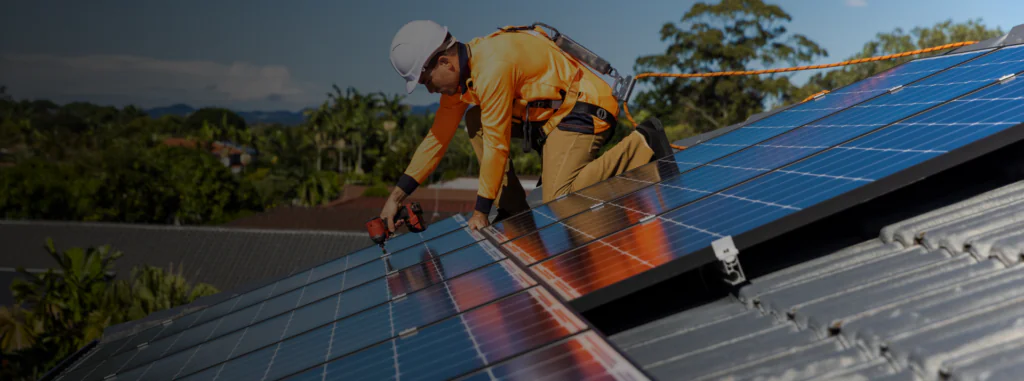
In December 2024 a company was fined £120,000 by the HSE after a worker broke his leg when he fell whilst working at height.
The employee was working on the roof of a property in Salisbury for EE Renewables Limited on 16th December 2022 when he fell. The company was completing work for the homeowner, which involved moving nine solar panels higher up the roof. This was when he slid and fell four metres to the ground. In this accident, he broke his femur.
An investigation by the HSE found that the company had not properly planned the work at height and failed to take reasonable steps to prevent a fall. The company pleaded guilty to breaching Section 2(1) of the Health and Safety at Work etc. Act 1974. As a result, they were fined £120,000 and ordered to pay £4,716 in costs at Swindon Magistrates’ Court on 23rd December 2024.
Work at height is any place where a person could fall a distance that may cause personal injury if no precautions are in place.
Unfortunately, working at height remains one of the biggest causes of injuries and fatalities in Britain. Of the 138 fatal accidents in 2023/2024, 50 of these were from falling from height. Working at height is the most common cause of fatal accidents. In addition, it is the fifth most common cause of non-fatal accidents (8% of accidents). Companies must ensure they implement the correct control measures and safe working practices.
Employers should take simple yet practical steps to reduce the risk of falling from height.
Work from height should be properly planned, supervised and carried out by trained and competent people. It is crucial to also use the correct equipment for working at height.
Before any work is conducted at height, you should assess the risk. You should consider:
During each step, consider measures that protect everyone at risk (collective protection) before you implement measures that only protect the individual (personal protection). Collective protection does not need the person working at height to act for it to be effective, i.e., guardrails and scissor lifts. Whereas personal protection requires the individual to act for it to be effective, i.e., putting on a safety harness correctly.
To find out more information or to discuss working at height safety, please get in contact with our team of experts.
T: 0330 107 1037
LinkedIn: High Performance Consultancy